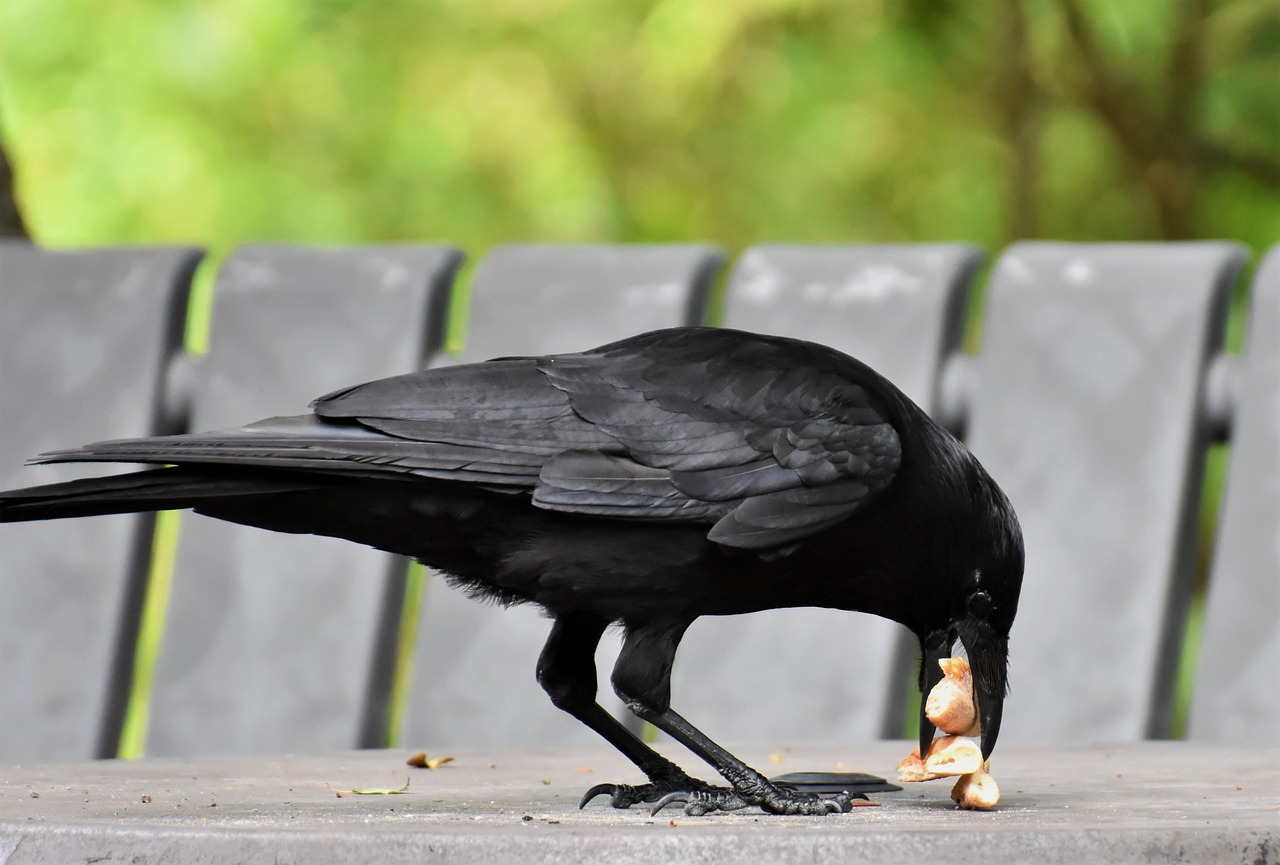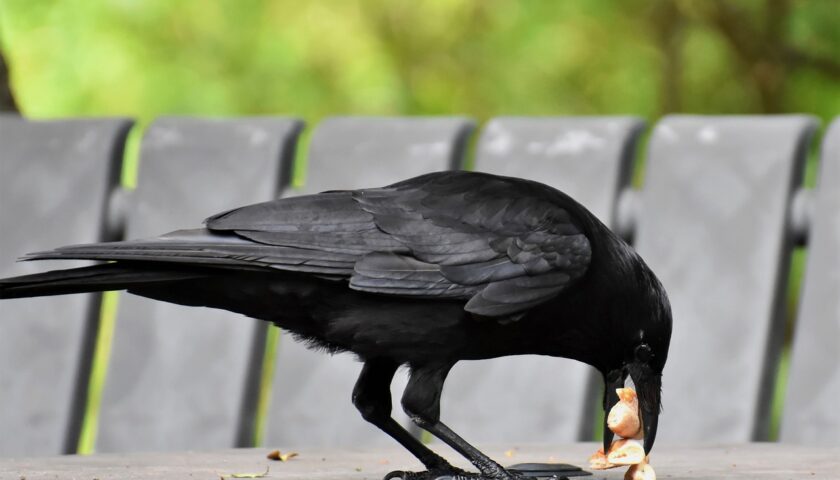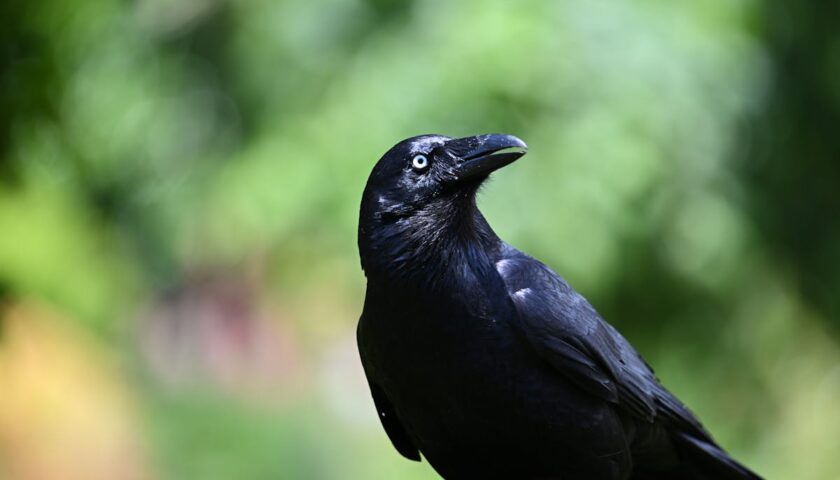Sarvapitra Amavasya, also known as Mahalaya Amavasya, is a significant day in the Hindu calendar. Falling on the new moon day (Amavasya) during the month of Bhadrapada, this day marks the culmination of the Pitru Paksha period, a fortnight dedicated to paying homage to ancestors, known as Pitru or forefathers. It holds immense importance as it is believed that the souls of ancestors descend to the earthly realm during this period, seeking the blessings and offerings of their descendants.
Significance of Sarvapitra Amavasya
Sarvapitra Amavasya stands out among other Amavasyas due to its universal appeal. It is believed that on this day, even those who do not know the exact date of their ancestors’ death can perform the necessary rituals. Thus, it is also called Sarva (meaning all) Pitru Amavasya, as it is meant to honor all ancestors, regardless of their specific death anniversary. The rituals performed during this day are believed to liberate the souls of the deceased from the cycle of rebirth, granting them peace and contentment in the afterlife.
Rituals and Practices
On Sarvapitra Amavasya, Hindus observe several rituals to ensure the wellbeing of their departed ancestors:
1. Tarpan (Offering of Water):
A vital aspect of the ritual, Tarpan, involves offering water mixed with sesame seeds, barley, and kusa grass to the departed souls. It is usually performed on riverbanks, near holy lakes, or at home in a clean and sanctified area.
2. Pinda Daan (Offering of Rice Balls):
Another crucial ritual is the offering of Pindas (rice balls mixed with black sesame seeds) to the ancestors. This offering is made to symbolically satiate the hunger of the departed souls. The food is often offered to crows and cows, which are considered messengers of the ancestors.
3. Charity and Feeding the Poor:
On this day, many devotees offer food, clothes, and other essentials to the poor and needy. It is believed that such charity, in the name of the ancestors, ensures that the souls attain salvation and are blessed in the afterlife.
4. Pitra Shanti Puja:
Some people perform a special ritual called Pitra Shanti Puja in temples or at home to seek peace and forgiveness for the departed souls. The puja involves chanting Vedic hymns, offering flowers, and performing other rites to appease the ancestors.
Mahalaya: The Start of Durga Puja Preparations
Sarvapitra Amavasya also holds a special place in the eastern parts of India, particularly in West Bengal. The day marks the beginning of preparations for Durga Puja, one of the grandest festivals celebrating the goddess Durga. This day is referred to as Mahalaya, and it is believed that Goddess Durga descends to Earth on this day, signifying the beginning of the festivities.
Spiritual Beliefs
Hindu tradition believes that performing the rites during Pitru Paksha, especially on Sarvapitra Amavasya, ensures that the ancestors’ souls are content and at peace. When the departed souls are satisfied, they bestow blessings on their descendants, ensuring prosperity, happiness, and good health. Conversely, it is believed that neglecting these duties could invite the displeasure of ancestors, leading to obstacles and misfortune in the family.
Conclusion
Sarvapitra Amavasya is a day of reflection, remembrance, and reverence. It serves as a reminder of the cyclical nature of life, death, and rebirth, while offering an opportunity to express gratitude toward our ancestors. Through the rituals of Tarpan, Pinda Daan, and charity, Hindus across the world pay homage to their forefathers, ensuring their peace in the afterlife and seeking their blessings for a prosperous life on Earth.





